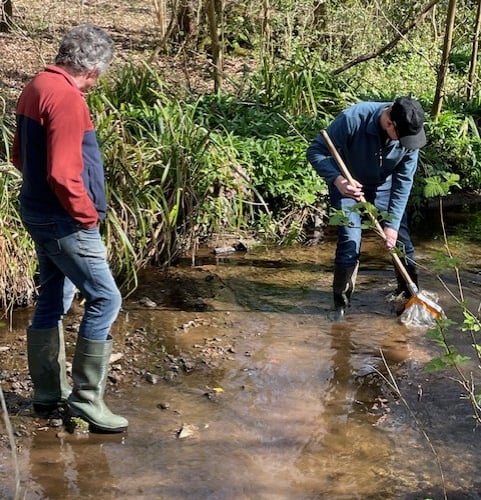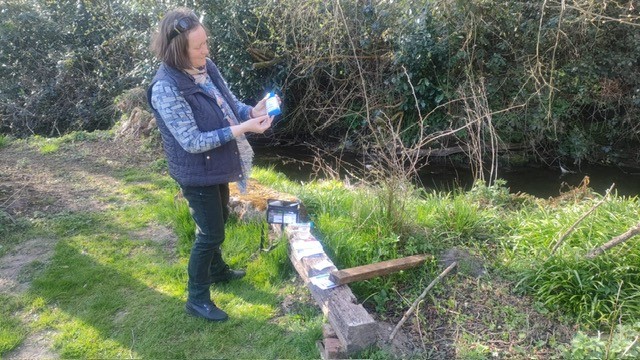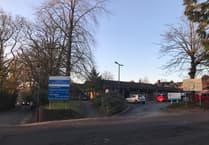A serious pollution incident on the River Wey near Shottermill has left a trail of environmental damage – and frustration – after Environment Agency investigations failed to identify the source.
Dead fish and white foam were first reported in the river on the evening of March 22 and into March 23. Environment Agency (EA) officers were on site by Sunday, March 23, and returned over the following days to assess the damage and trace the origin of the contamination.
The EA confirmed there had been “a serious mortality of all fish species for approximately 500m downstream of the outfall” near Sturt Road. At least 70 fish, including 50 brown trout, were killed in the toxic spill. Beyond that stretch, the pollutant appears to have diluted to levels that prevented further mortality.
Water samples taken from the river were analysed, and while multiple chemicals were detected, they were all present in low concentrations and none were deemed environmentally hazardous on their own.
“The results were inconclusive,” the EA confirmed, describing the findings as a “complex list of trace chemicals” commonly found in both industry and road runoff. No single contaminant was detected at lethal levels.
Investigations at local businesses, including a nearby car wash and industrial units on Kings Road, also failed to uncover a definitive cause. A soapy substance found in a manhole near the car wash was traced back to legitimate foul sewer discharge and does not appear linked to the incident.

Thames Water conducted a thorough check of the drainage network but found no faults that could explain foul waste entering the river.
The fish kill was confirmed by the EA’s fisheries team following a visual inspection and survey on April 4. Fortunately, fish populations downstream at Hammer Vale appeared healthy. The agency expects the impacted section to recover naturally over time via recolonisation from upstream and downstream areas.
But the environmental damage wasn’t limited to fish. A separate assessment found very poor results for invertebrate life where the Weydown tributary meets the main River Wey at Camelsdale. Encouragingly, good results were reported further downstream at Bramshott.
Cllr Claire Matthes, a Water Ranger with the River Wey Trust, took part in water testing last Sunday and witnessed the impact first-hand.

“Whilst results downstream from the incident near Liphook were good, the Weydown tributary results were poor,” she said. “This indicates the seriousness of the incident and how every step possible should be taken to avoid such circumstances occurring in future.
“These tests show just how crucial it is that we stay vigilant and support local monitoring efforts – whether by joining water testing groups or donating to organisations like the River Wey Trust or Water Rangers.
“A further inspection of a local industrial site is planned this week, but as of now, the Environment Agency has not identified a definitive source for the pollution.
“I’ll be back out testing at the end of the month and hope to see – and share – signs of recovery in our river.”




